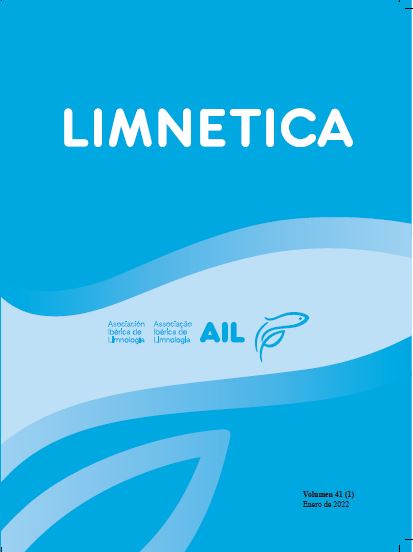The relationship between sediment metal concentration and Odonata (Insecta) larvae assemblage structure in Cerrado streams
Abstract
Metals can be incorporated into stream sediment affecting benthic invertebrate assemblages in different ways. Odonata larvae have variable tolerances to metals; sublethal levels accumulated in larval tissue can indirectly influence assemblage structure in environments with differences in types and concentrations of metals in the sediment. This research evaluated the relationship between Odonata larvae assemblages and sediment metal content in Cerrado streams. We evaluated genus composition, abundance, richness, Shannon-Wiener (H’) diversity index and Pielou’s evenness index (J’) of the assemblages from 12 streams. Cluster analysis was used to identify groups of streams according to sediment concentrations of Cu (copper), Zn (zinc), Ni (nickel), Fe (iron) and Mn (manganese). Canonical Redundancy Analysis (RDA) and Canonical Correspondence Analysis (CCA) were performed to determine how metals influence Odonata assemblage metrics. Cluster analysis revealed three distinct groups of streams according to metal concentration in the sediment. RDA showed a negative relation between Pielou evenness (J’) and the concentration of Ni, Cu, Zn and Mn, while abundance, genus richness and Shannon-Wiener diversity were positively related with Fe. CCA indicated that some taxa showed an opposite relation with metal concentration, but others were more abundant in streams subjected to high metal concentrations. Although the increase in iron concentration in streams can lead to an increase in the abundance of Odonata larvae, high concentrations of coper, zinc and manganese can lead to a reduction in taxon evenness.
Downloads
Published
Issue
Section
License
Authors publishing in the journal agree to the following terms
Limnetica is licensed under a Creative Commons Attribution-NonCommercial 4.0 International License.


